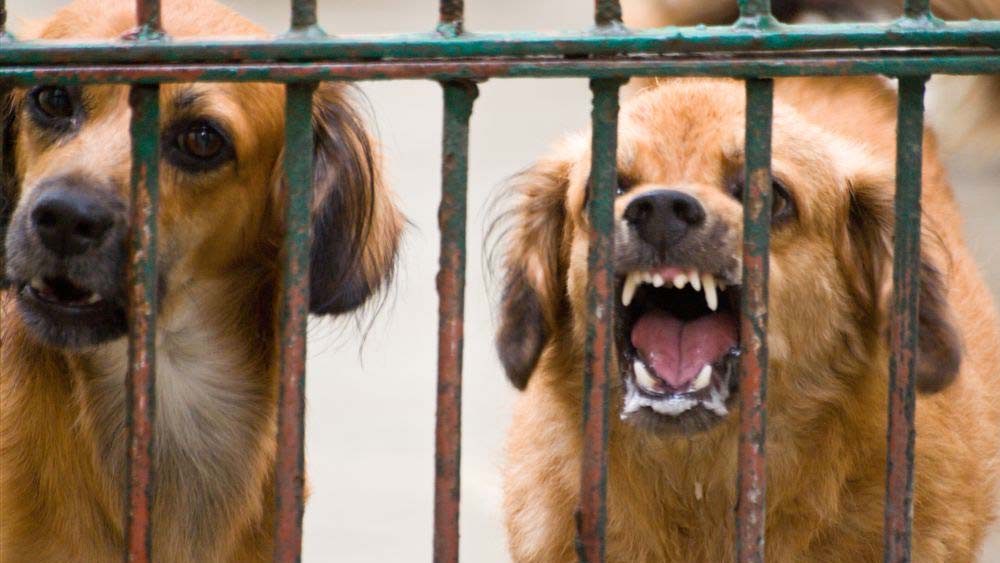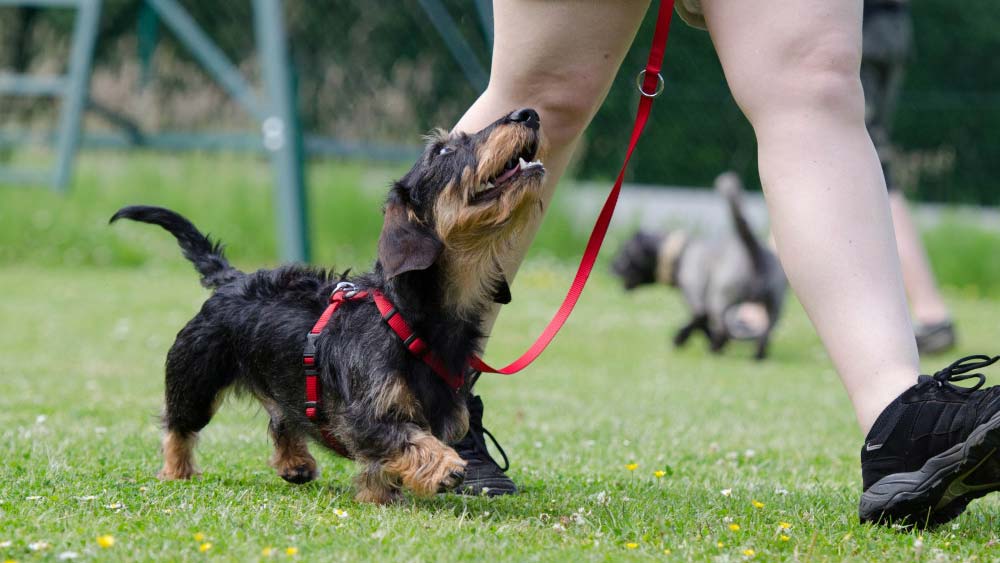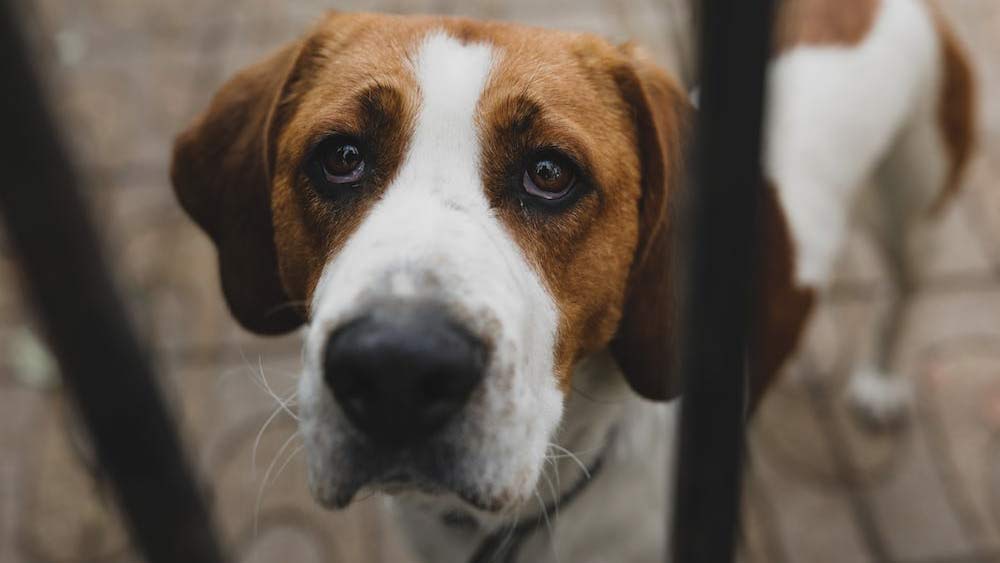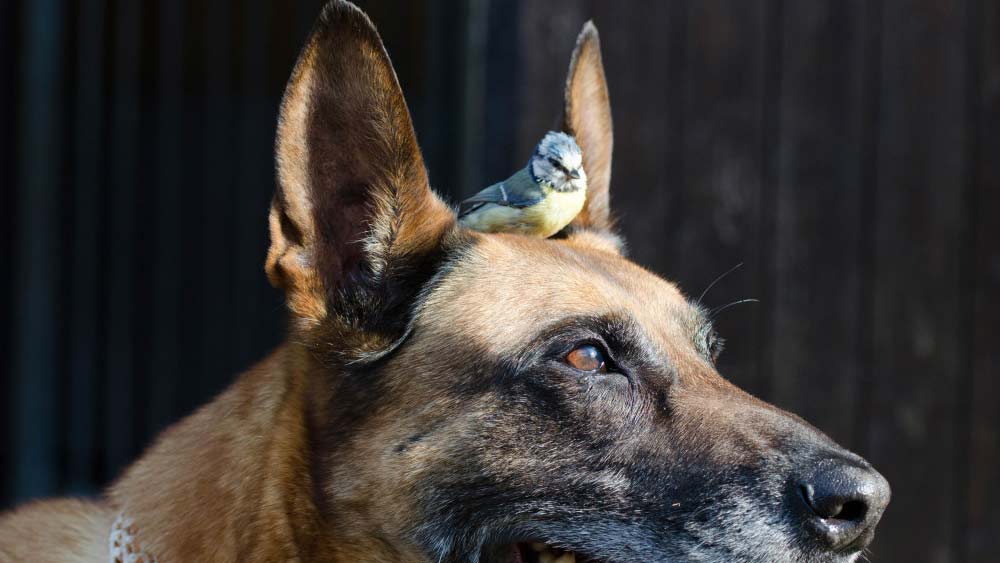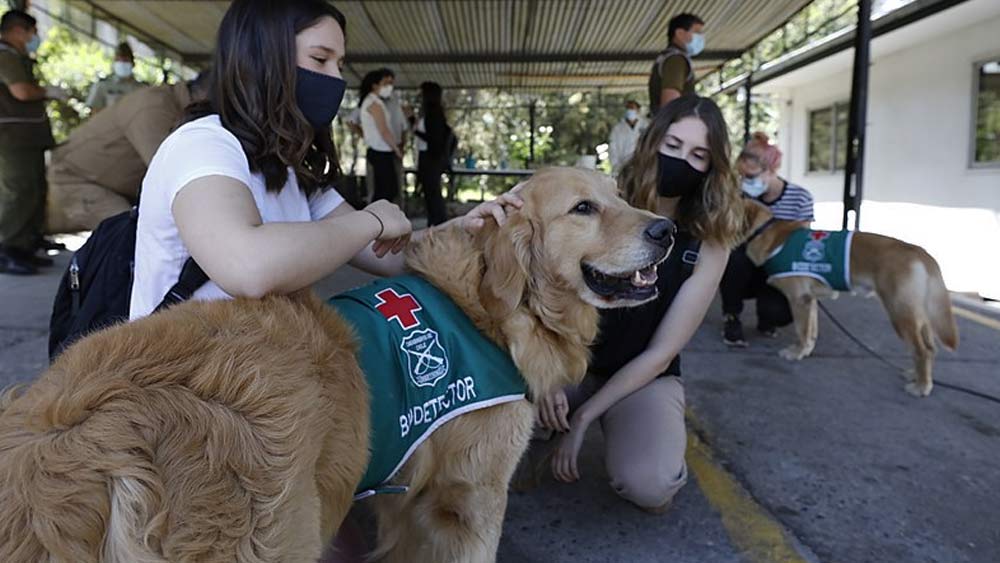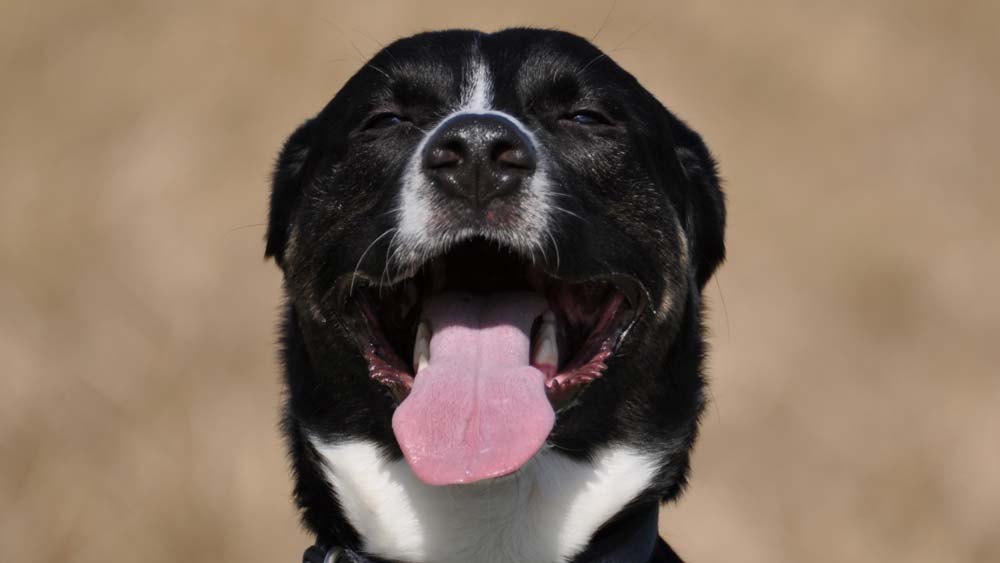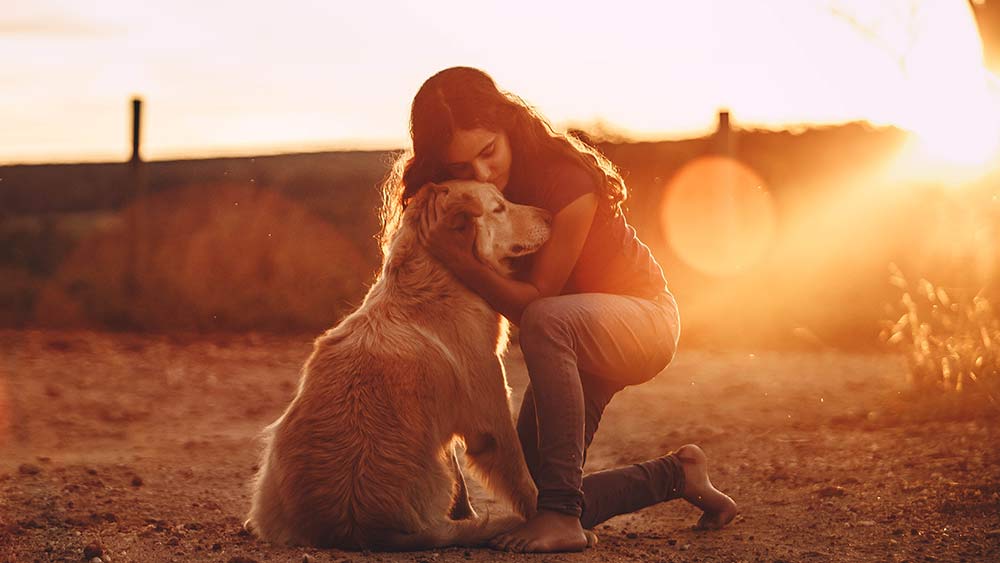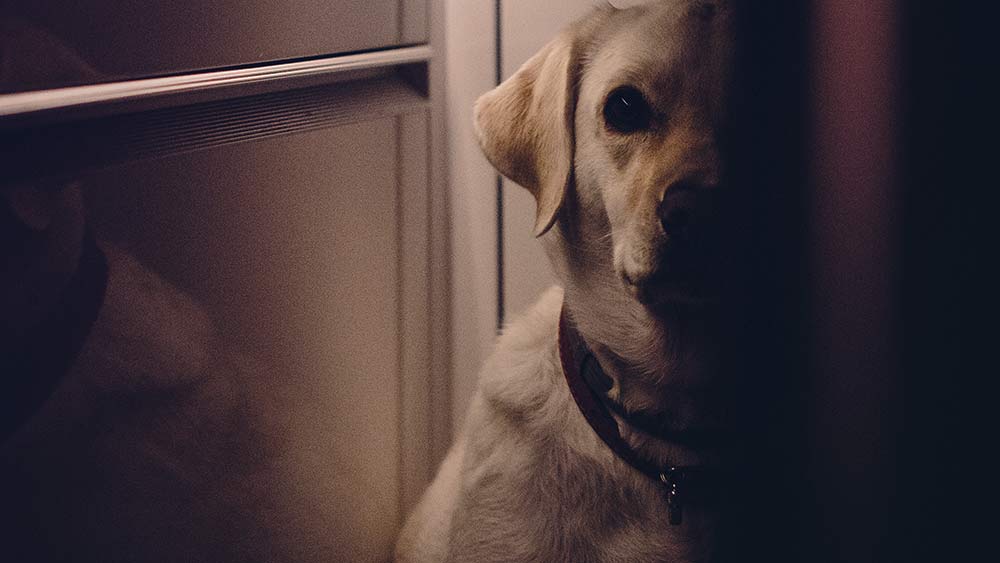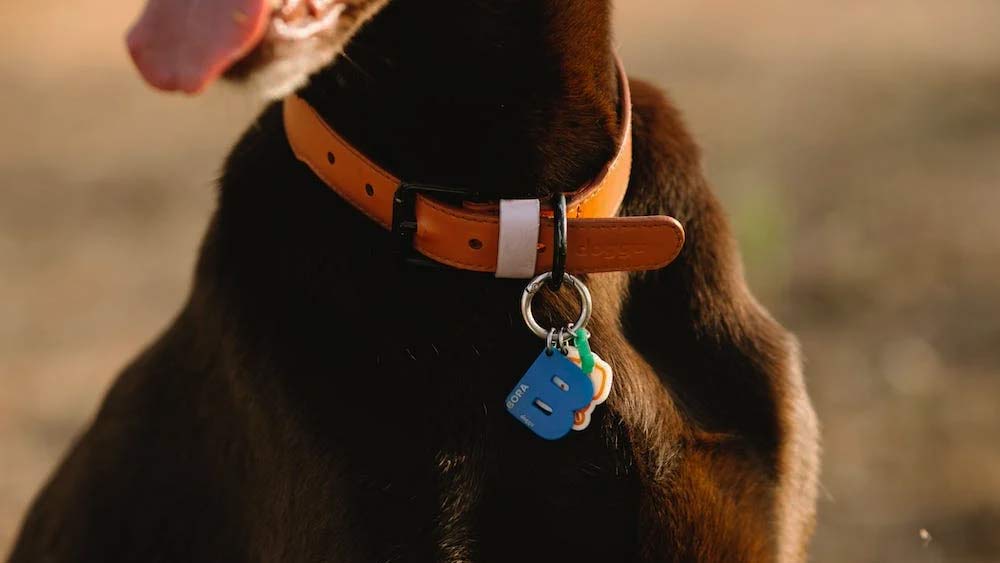Copyright Wikimedia Commons
Rabies is a deadly virus affecting humans and animals, particularly dogs. While rabies in dog populations has decreased significantly over the years due to vaccinations and other preventative measures, it’s still essential for dog owners to understand how rabies works and what to do if you suspect your dog may have been exposed. This guide will provide an overview of rabies in dogs, including symptoms, treatments, prevention methods, and more. By taking the time to educate yourself on this serious disease, you can help keep your dog safe from infection.
What are the symptoms of dog rabies?
The signs and symptoms of dog rabies can vary, but commonly include aggression; excessive salivation or drooling; changes in vocalization, such as barking or growling; difficulty swallowing; facial twitching or muscular spasms; fever, lethargy, and depression. Any dog exhibiting any of these signs should be taken to the vet right away for testing.
What are the 3 stages of rabies?
1. Prodromal Stage: The first stage of dog rabies is the prodromal stage, which usually lasts between two and three days. During this stage, dogs may show signs of restlessness, anxiety, apprehension, aggression, and even fever.
2. Excitative or Furious Stage: This second stage of dog rabies is marked by violent behavior, as dogs become aggressive and highly excitable. During this stage, they may lose control of their bodily functions and be unable to swallow.
3. Paralytic Stage: The final stage of dog rabies is the paralytic stage, which usually occurs within a week after the initial infection. Dogs in this stage may show signs of paralysis, weakness, and an inability to move. They may also experience seizures and death soon after.
How do I know if my dog has rabies?
It is nearly impossible to recognize dog rabies without testing. If your dog has been exposed to a rabid animal, it is important to take them to the vet for an examination and rabies test as soon as possible. Additionally, any dog exhibiting signs of dog rabies should be taken immediately for testing and treatment.
How is dog rabies treated?
If a dog has been diagnosed with dog rabies, the only effective treatment is euthanasia. This is done to prevent the dog from suffering and to protect humans and other animals from infection. In some cases, a dog may be given a series of shots before being euthanized in order to reduce the amount of virus present in the dog’s body, but this is not a recommended treatment option.
What are some dog rabies prevention methods?
The best way to prevent dog rabies is through vaccination. All puppies should be vaccinated against dog rabies at an early age (typically between 8 and 16 weeks) and booster shots should be given every 1-3 years. In addition, dog owners should also be sure to keep their dogs away from wild animals that may carry rabies and avoid any contact with unfamiliar dogs. If a dog is exposed to rabies, it should be taken to a vet immediately for testing and treatment.
How long can a dog live with rabies?
Once a dog has been infected with dog rabies, the virus will progress quickly and symptoms can develop within days. Unfortunately, there is no cure for dog rabies and it is ultimately fatal. With prompt diagnosis and treatment, however, dogs may be able to live up to two weeks after being infected.
It’s important to remember that dog rabies is a serious disease that can have deadly consequences. Taking the time to educate yourself on dog rabies and implementing preventative measures such as vaccination will help ensure the safety of your dog, as well as those around them. By staying informed and vigilant, you can protect your dog from this dangerous virus.
Can you get rabies from biting a dog?
Yes, it is possible to get rabies from a dog bite. Rabies is an extremely contagious virus that can be spread through the saliva of infected animals. If you are bitten by a dog that is displaying symptoms of dog rabies, seek medical attention immediately and contact your local health department for testing and treatment options. Vaccination is also available for dog rabies. It is important to remember that dog rabies is a serious disease and proper preventative measures should be taken to ensure the safety of you and your dog.
image by Flickr
What are the chances of a dog having rabies?
The chances of a dog having rabies depend largely on where the dog lives and how much contact it has with wild animals that may transmit the disease. In areas where rabies is common, dog owners should take extra precautions to reduce their dog’s risk of infection. Vaccination is the best way to protect your dog from dog rabies and should be done at an early age (typically 8-16 weeks) and then boosters every 1-3 years. Additionally, keeping dogs away from wild animals and avoiding contact with unfamiliar dogs can help reduce the risk of dog rabies.
Can dog rabies be cured?
No, dog rabies is currently incurable. Once a dog has been infected with dog rabies, the virus will progress quickly and symptoms can develop within days. If a dog is suspected of having dog rabies, it should be taken to the vet immediately for diagnosis and treatment.
Can dog rabies be transmitted to humans?
Yes, dog rabies can be transmitted to humans through contact with an infected animal’s saliva or other bodily fluids. It is extremely important that any dog that has been exposed to a rabid animal should be taken to the vet for an examination and rabies test as soon as possible. Additionally, dog owners should take precautions to reduce their dog’s risk of infection from dog rabies by vaccinating them and avoiding contact with unfamiliar dogs.
Do I need a rabies shot after a dog bite?
Yes, it is recommended that anyone who has been bitten by a dog receive a rabies shot as soon as possible. If the dog responsible for the bite cannot be found or tested for dog rabies, then it may be necessary to get the vaccination in order to protect against infection. It is important to remember that dog rabies is a serious disease and taking the proper preventative measures is the best way to protect yourself.
If a dog has been vaccinated for dog rabies, is it still possible to contract the virus?
Yes, it is still possible for a dog to contract dog rabies even if it has been vaccinated. The vaccine is not 100% effective and vaccinations may need to be administered on a regular basis in order to maintain immunity. Additionally, dog owners should take extra precautions to reduce their dog’s risk of infection by avoiding contact with unfamiliar animals.
Conclusion
Dog rabies is a serious and potentially fatal virus that can be spread through contact with infected animals. While dog owners should take the necessary precautions to reduce their dog’s risk of infection, proper preventative measures such as vaccination and avoiding contact with unfamiliar dogs are the best way to protect your dog from dog rabies. Additionally, anyone who has been bitten by a dog should seek medical attention immediately and may need to receive a rabies shot if the dog cannot be found or tested for dog rabies. By staying informed and vigilant, you can ensure the safety of you and your dog from this dangerous virus.

